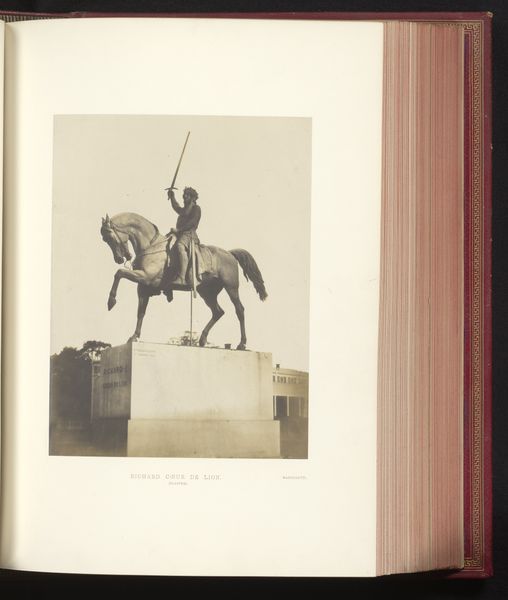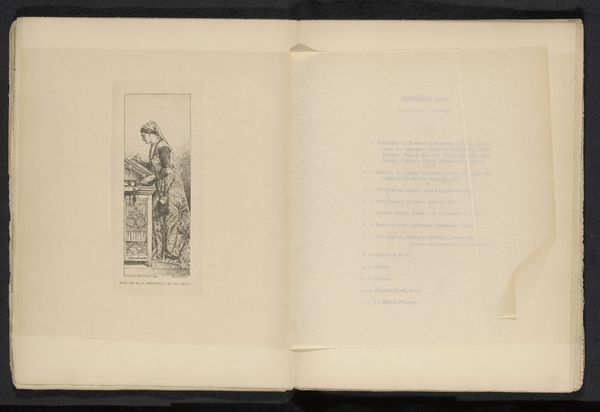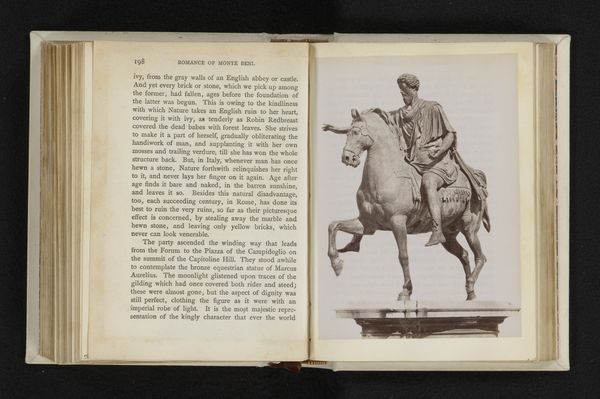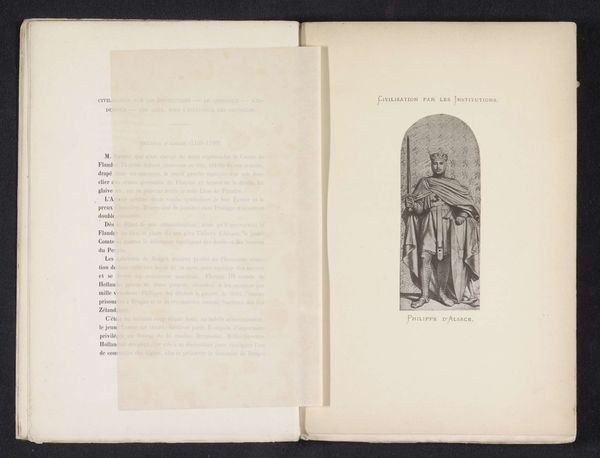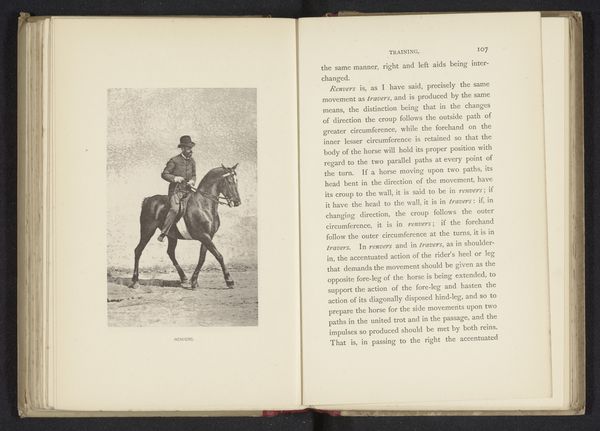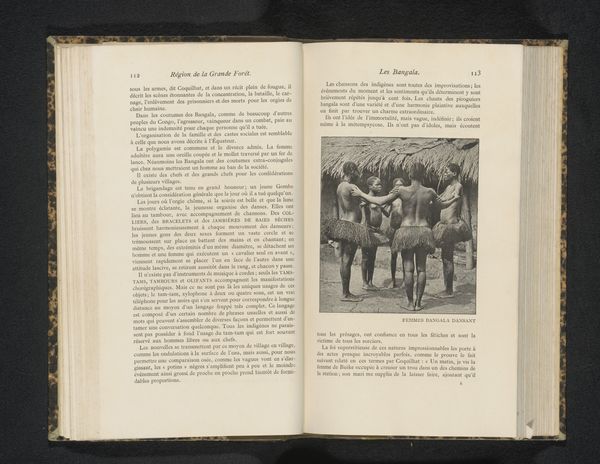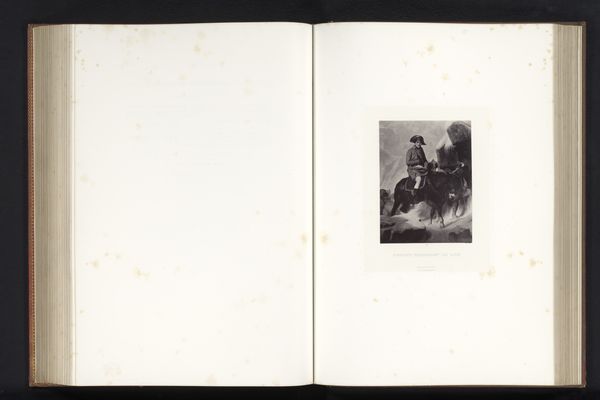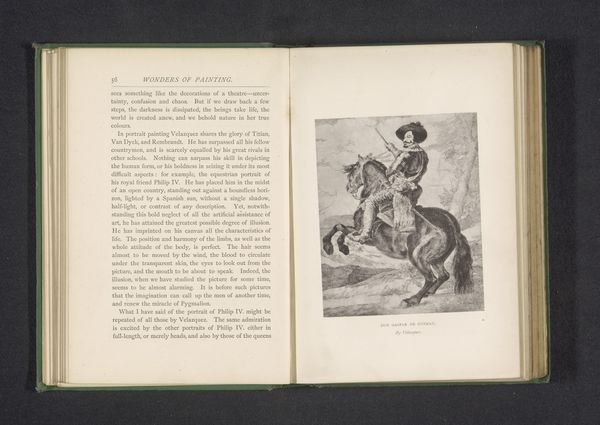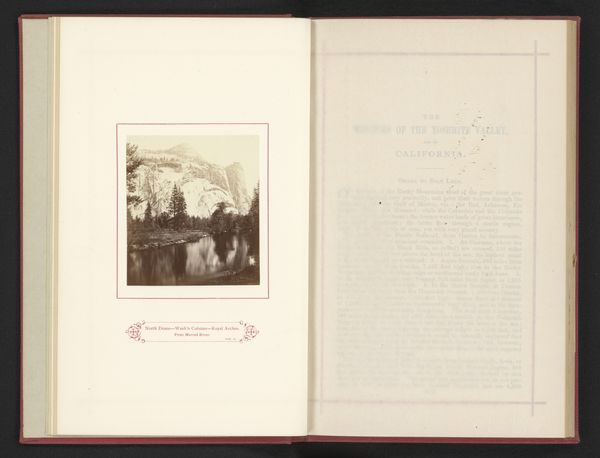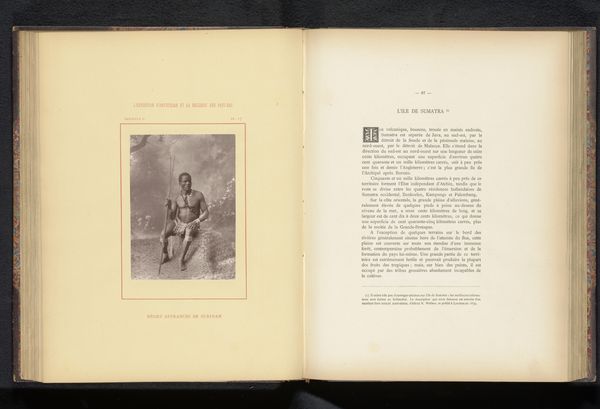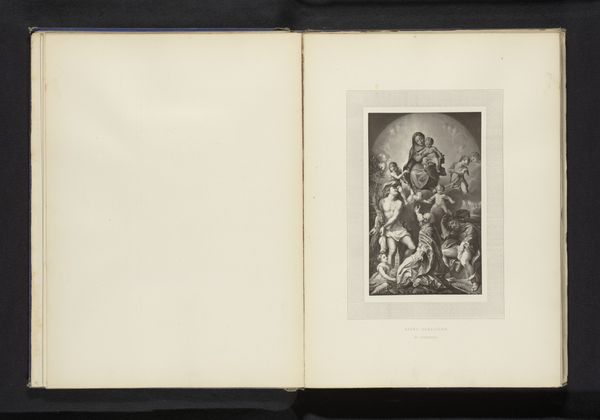
Ruiterstandbeeld van Bartolomeo Colleoni op het Campo Santi Giovanni e Paolo te Venetië c. 1882 - 1892
0:00
0:00
print, metal, bronze, photography, sculpture
#
portrait
# print
#
metal
#
bronze
#
photography
#
sculpture
#
cityscape
#
italian-renaissance
Dimensions: height 116 mm, width 91 mm
Copyright: Rijks Museum: Open Domain
Curator: This captivating photographic print showcases the "Equestrian Statue of Bartolomeo Colleoni in Campo Santi Giovanni e Paolo, Venice," dating approximately from 1882 to 1892. The image captures the monument’s imposing presence, let’s hear your thoughts on it? Editor: It evokes a powerful sense of command. The rider looks rather stiff. I mean, there's something very...patriarchal about that unyielding posture, isn't there? Curator: Well, let's consider the statue's history and the societal values it reflects. The original bronze sculpture embodies the idealized Renaissance condottiero, a military leader commissioned to protect the city. Andrea del Verrocchio originally designed the statue. Understanding these symbols reveals more about the narrative surrounding the piece. Editor: True, but I think it's crucial to critically assess these "heroes," as our society often lauds powerful, usually male, figures without unpacking the implications of their actions and the narratives they perpetuate. A symbol of power, definitely, but at what cost? Who benefited from this image of authority, and whom did it silence? Curator: It's crucial to ask about power dynamics. At its unveiling, it bolstered Venetian military might during a time of increasing political complexity, so the elite's narrative of control mattered most. Do you find that it reinforces this same dynamic even in photographic form? Editor: I think so. Even rendered in this photographic print, it's clear the monument was designed to inspire a specific emotional response: awe and maybe even fear. Those sentiments don't just disappear with time; they're reinforced with each viewing. The sculpture still stands as a reminder of entrenched hierarchies, and seeing it reproduced, even in a smaller format, brings that back. Curator: I agree with the notion that monuments carry complex political implications. This piece, captured and reproduced, reflects not only Renaissance values but also the photographer’s vision and its dissemination, so one might even see the layering of interpretations. Thanks for lending an insightful and critical lens to the image. Editor: Of course! The act of interpretation, after all, ensures these works remain relevant in the discussions we are still having today.
Comments
No comments
Be the first to comment and join the conversation on the ultimate creative platform.

